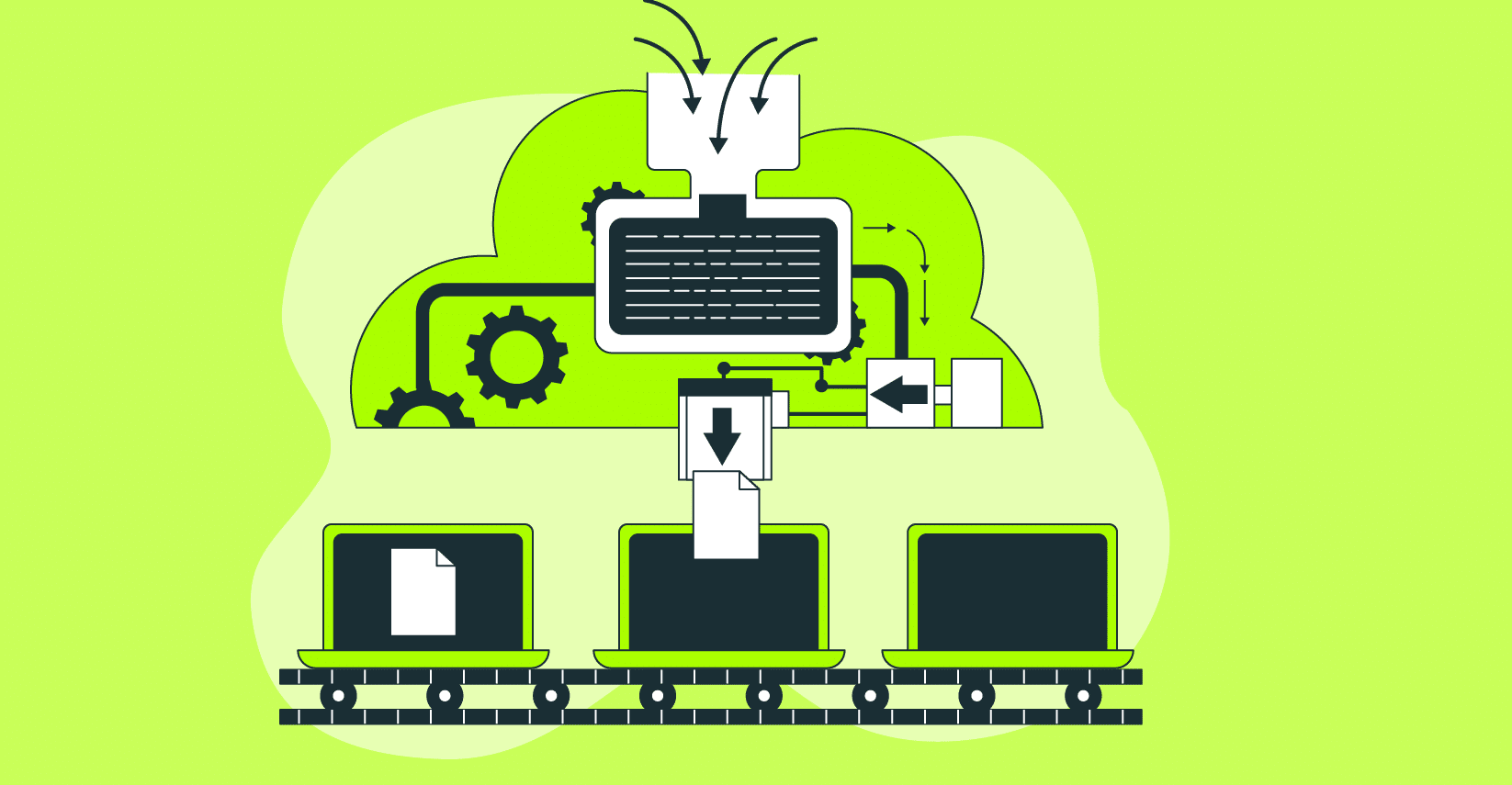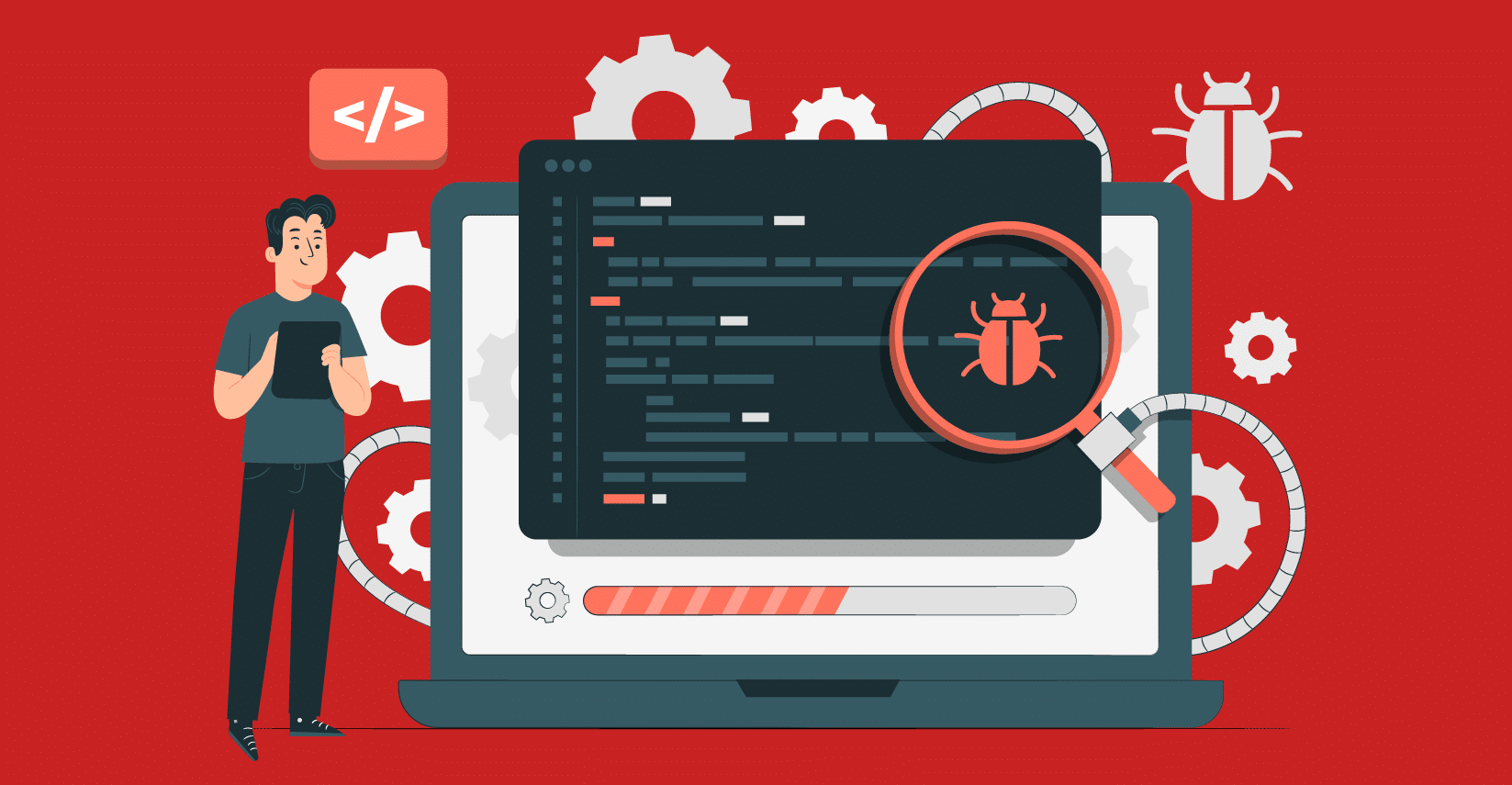An experienced QA team knows the importance of bug tracking and continuous integration. All testers and developers should work to identify potential issues as soon as possible in order to be able to solve them and provide high-quality products for customers.
Continuous integration is meant to integrate all modifications made to a software project by other team members. As such, any integration problems can be discovered and solved faster and more efficiently. But how do you apply these techniques successfully? Here are some practices that will help you out.
1. Take Care of Broken Builds as Soon as Possible
When you use a test case management tool and you find out that a build has been broken, you may not rush to fix it immediately. However, you should always prioritize this kind of task to avoid future errors. It should be solved immediately to prevent issues from piling up and putting more pressure on you and your teammates.
2. Keep a Code Repository
Even if you are using bug tracking software to take care of potential glitches, you should still make sure that you maintain a code repository. This repository allows all developers to record their changes. At the same time, all your programs’ versions are kept there so you can get back to them when you need any previous information.
For this reason, your repository should be well taken care of – it should be organized and clean, so anyone can easily find what they’re looking for.
3. Make Sure that Tests Can Run Fast
You should choose your test management tool carefully, and this is because the speed of your tests is extremely important. When you are able to run fast tests, you can also get feedback much sooner, which means you can fix all errors before they affect the functionality of your program. You save time, ensuring everything is in tip-top shape.
In the end, this should make it possible to release a high-quality product on the designated date.
4. Create On-Demand Test Environments
Whenever you run a test, you should also create a new test environment. It may sound tedious, but it will all work out in your favor in the long run. By taking this extra step, you will make sure that tests run in fresh, clean environments. So, they will be free from the changes that the previous tests had.
5. Take Advantage of More Than One Test Suite
Using multiple test suites can also come to your advantage because it ensures that all aspects of your application are tested accordingly. This way, testing becomes more efficient, especially when you have a complex application, and you want to save time.
Also, it’s easier to isolate an issue and fix it when you use more than one test suite.
Advanced Strategies for Effective Continuous Integration and Bug Tracking
Automated Regression Testing
Implement automated regression tests to ensure that new changes do not adversely impact existing functionalities.
Integration of Performance Testing:
Integrate performance testing into the continuous integration process to identify scalability issues early on.
Collaborative Bug Triage
Establish a collaborative bug triage process involving both developers and QA teams for efficient issue resolution.
Version Control Best Practices
Enforce version control best practices, including clear branching strategies and commit policies, to maintain code stability.
Continuous Documentation
Ensure that documentation is continuously updated to reflect changes, facilitating better understanding and troubleshooting.
Implement Code Reviews
Incorporate a robust code review process to catch potential issues before they are integrated into the main codebase.
Environment Configuration Management
Implement configuration management for test environments to maintain consistency across different testing phases.
Metrics and Reporting
Establish key metrics for continuous integration and bug tracking, providing insights into process efficiency and identifying areas for improvement.
Security Testing Integration
Integrate security testing into the continuous integration pipeline to identify and address security vulnerabilities promptly.
User Acceptance Testing (UAT) Integration
Include UAT in the continuous integration process for end-to-end validation of features from a user’s perspective.
Training and Skill Enhancement
Invest in ongoing training for team members to stay updated on the latest tools, methodologies, and best practices in continuous integration and bug tracking.
Mobile and Cross-Browser Testing
Extend testing efforts to cover various mobile devices and browsers to ensure a seamless user experience across different platforms.
Incident Response Plan
Develop a comprehensive incident response plan to address critical issues swiftly and minimize their impact on the development process.
Dynamic Test Data Management
Implement dynamic test data management to ensure that tests are conducted with realistic and diverse datasets.
Regular Process Audits
Conduct regular audits of the continuous integration and bug tracking processes to identify bottlenecks and areas for enhancement.
By incorporating these additional practices into the continuous integration and bug tracking workflows, QA teams can further enhance the efficiency of their testing processes and deliver high-quality software products consistently. Regularly reassess and adapt these practices to align with evolving industry standards and project requirements.
The Bottom Line
Using the right practices is necessary when it comes to continuous integration and bug tracking. This allows you to perform effective tests and solve issues as they emerge. We hope our tips will be of help during your testing endeavors.


























